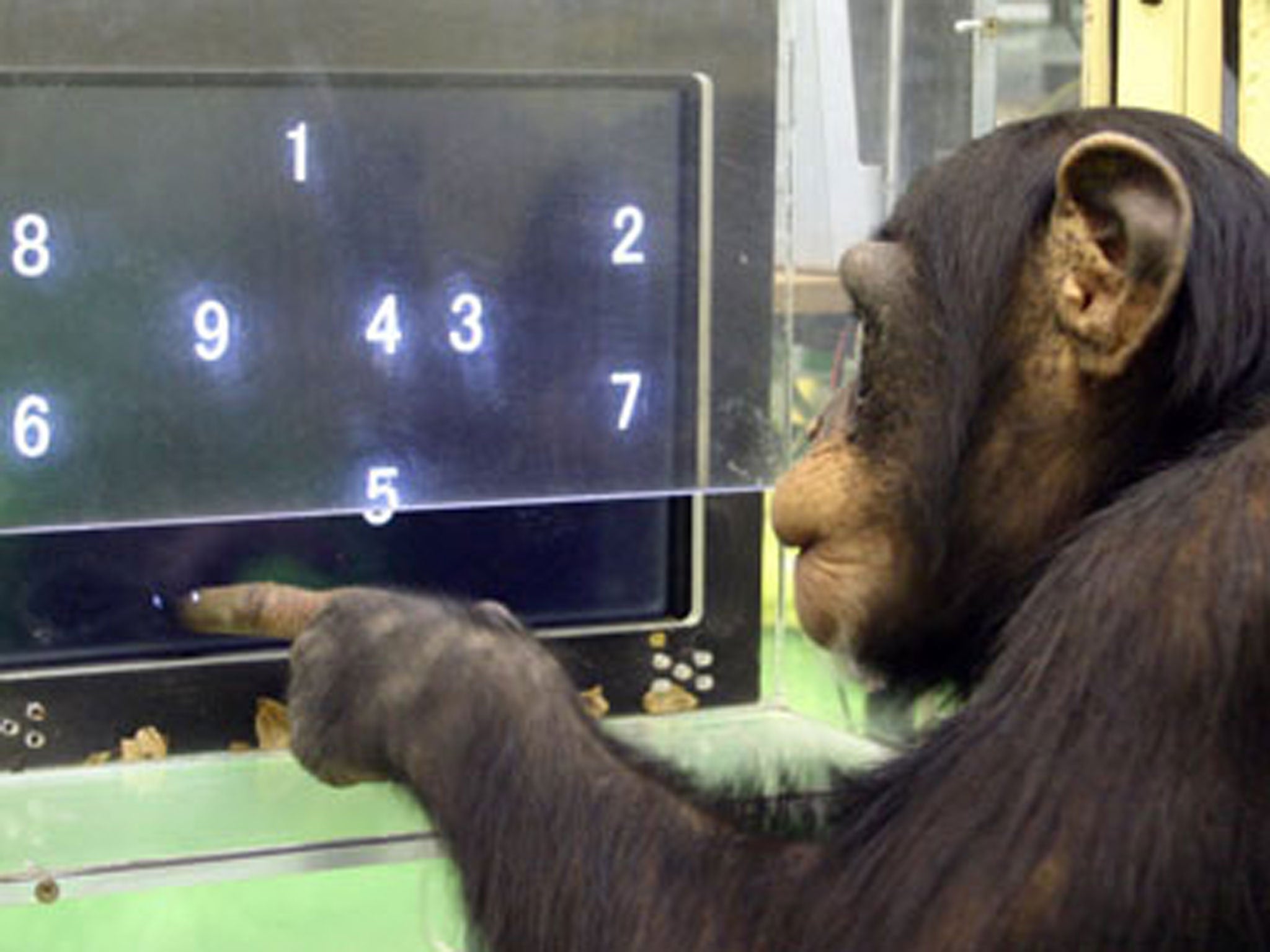

For instance, if an ape bent its back knee and raised its foot, and then its child hopped on its back, they might conclude that the foot lift meant “I’ll give you a ride.” The decoding process took years and involved sifting through thousands of examples of such behaviors. The researchers deciphered the meaning of each ape gesture by looking at what happened after. “Unpicking whether we still have access to that great ape gesture communication is really difficult just by observing people,” Graham says.Ī strategy to address this question came to Graham and Hobaiter several years ago, as they were collecting and analyzing ape videos. Adult human communication is dominated by spoken or sign language, along with a huge variety of gestures, many of which are culturally specific. What’s more, in a 2019 pilot study, Hobaiter and her colleagues found that the vast majority of gestures used by toddlers younger than two years old, who do not yet primarily use spoken or sign language to communicate, are the same as those of chimpanzees.īut it has been difficult to find any such gestural overlap between wild apes and humans once the latter reach adulthood. Scientists have learned that great ape vocabularies overlap extensively: about 95 percent of bonobos’ gestures are the same as those chimpanzees use. The work fills a hole in the case for a shared linguistic lineage. “Maybe this is something that was shared with our last common ancestor and that we, in fact, retain, this ability to understand and use the great ape gestures,” Graham says. The finding suggests that humans still have some grasp of this ancestral vocabulary. “Humans without any training and without seeing any of the outcomes or surrounding behaviors can understand what chimpanzee and bonobo gestures mean,” Graham says. In the study, when thousands of people watched online videos of wild apes raising an arm, scratching and striking various poses, they got the gist of the animals’ lingo far more often than would be expected by chance. They show that our species can make a pretty good guess of the meanings of chimp and bonobo gestures, another hint that language may have evolved from an elaborate system of hand and body signals. In a paper published today in PLOS Biology, Graham and Hobaiter provide startling evidence that this ancestral ability may persist in modern humans. “They are using gestures in a way that is more languagelike, and so there’s this theory that human language might have evolved from this gestural basis,” Graham says. The gestures of both species, which are humans’ two closest relatives, are more complex and varied than their vocalizations, which mainly reflect urgent needs such as finding food or spotting predators.īy contrast, the apes’ gestures serve as a deliberate way of conveying specific everyday goals, leading some scientists to believe that these signals are the precursors to human language.

Andrews colleague Catherine Hobaiter built a similar body-language dictionary by observing the East African chimpanzees at the Budongo Central Forest Reserve in Uganda. And when it cups its hand under another’s chin, it is asking for food. This work has confirmed, for example, that when one of the animals repeatedly swipes the black fuzz on its chest, it is begging to be groomed.

Andrews in Scotland has spent hundreds of hours among this screeching, scratching endangered troupe to decode its members’ nonverbal interactions. Primatologist Kirsty Graham of the University of St. Like other great apes, these animals have a rich social life, communicating with their fellows using some 80 types of gestures. In the forest near Wamba, a village in the Democratic Republic of the Congo, some of the last remaining bonobos breed, feed and lounge in the trees.


 0 kommentar(er)
0 kommentar(er)
